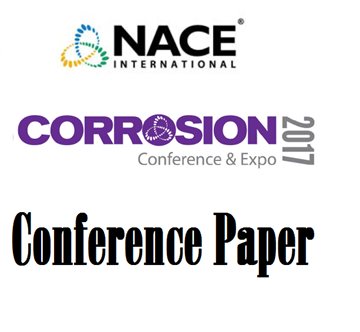Search
Products tagged with 'fracture toughness'
View as
Sort by
Display
per page
Material Selection for Carbon Capture and Storage (CCS) Wells
Product Number:
51323-18760-SG
Publication Date:
2023
$20.00
Stress Cracking and Fatigue Resistance of Seamless Pipes for Hydrogen Storage and Transport Applications
Product Number:
51323-19050-SG
Publication Date:
2023
$20.00
The Microstructure Effect on Fracture Toughness of Ferritic Ni-alloyed Steels for CO2 Reinjection
Product Number:
51317--9204-SG
ISBN:
9204 2017 CP
Publication Date:
2017
$20.00



